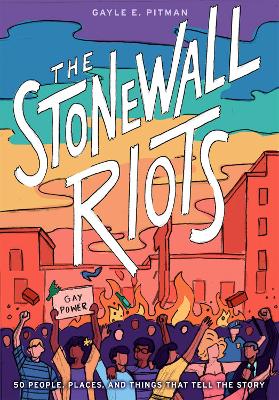Reviewed by lovelybookshelf on
In an age-appropriate but non-reductive way, Pitman conveys how dangerous it was for people to be gay in the 1950s and 1960s, as well as how widespread internalized homophobia was. She also puts the gay liberation movement in context with other movements going on in the '60s, giving readers a sense of how quickly and dramatically these movements arose, and how people had to utilize direct action because traditional forms of political activity (naturally) weren't effective. She shows the complexity of everything leading up to the Stonewall Riots, and how everyone in the LGBTQ community was affected, not just cis white gay men. The liberation movement had to be a collective effort, and the book reflects that by including people from all walks of life, such as Stormé DeLarverie, Marsha P. Johnson, and Sylvia Rivera. I was disappointed that Miss Major was not included, though, and would have liked to have seen just a bit more time spent on the T in LGBTQ.
A variety of sources are included so readers can get as big a picture as possible: Here's what we have concrete evidence of. Here's where there's no official record, and people who were there have conflicting accounts. Here are their accounts, regardless. She puts that conflicting information out on the table, without judgment, without favoring one over the other. The Stonewall Inn's history and role in LGBTQ community is more complicated (and contradictory) than we often hear. This haven wasn't exactly what you'd call a "safe haven." History is more complicated (and contradictory) than we might realize, too. The Stonewall Riots asks readers to stretch their minds, to think critically, and to remember that, even when precise historical information isn't available, we can still find overall themes and learn from the information we do have.
Reading updates
- Started reading
- 13 March, 2019: Finished reading
- 13 March, 2019: Reviewed
